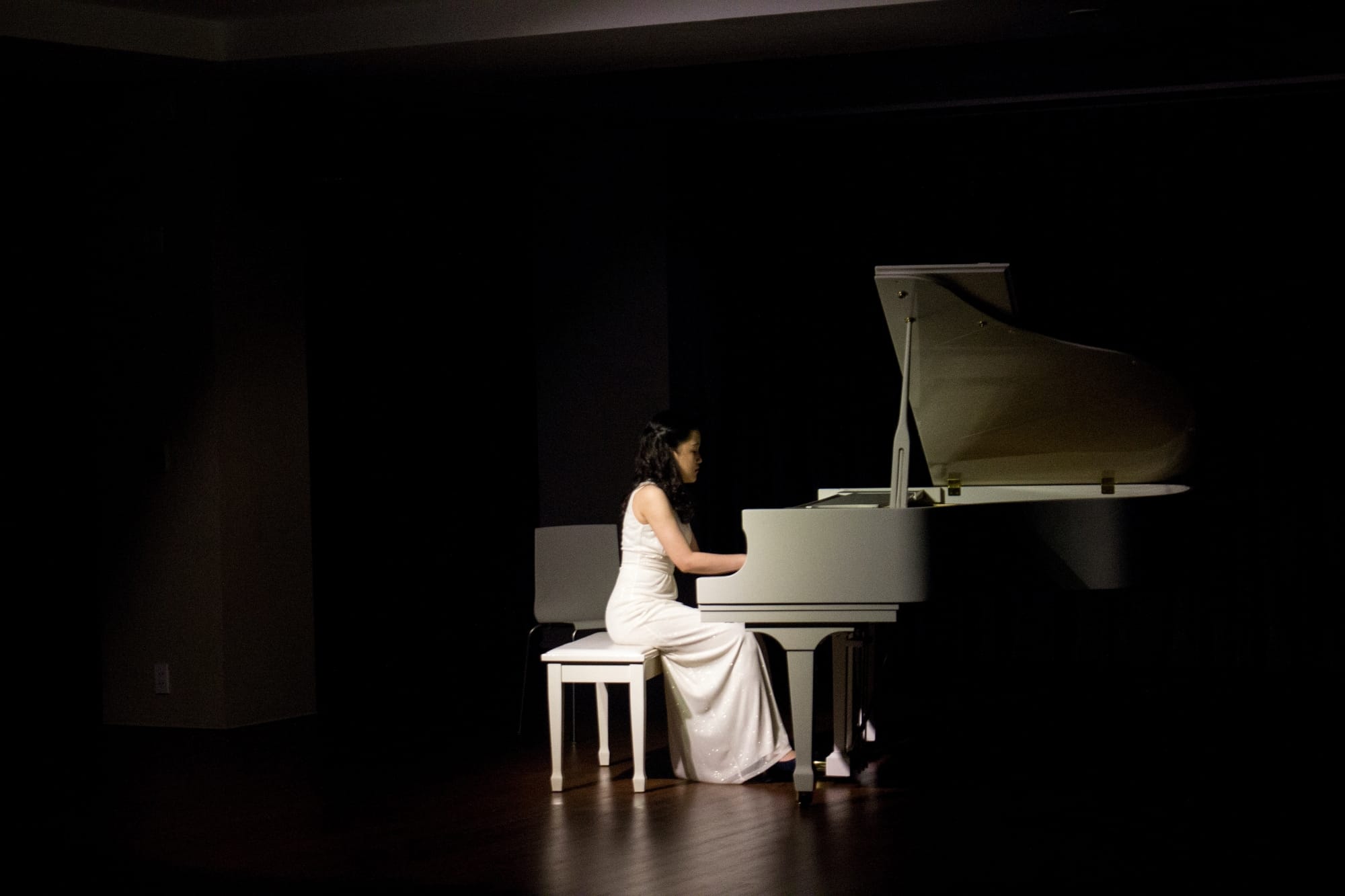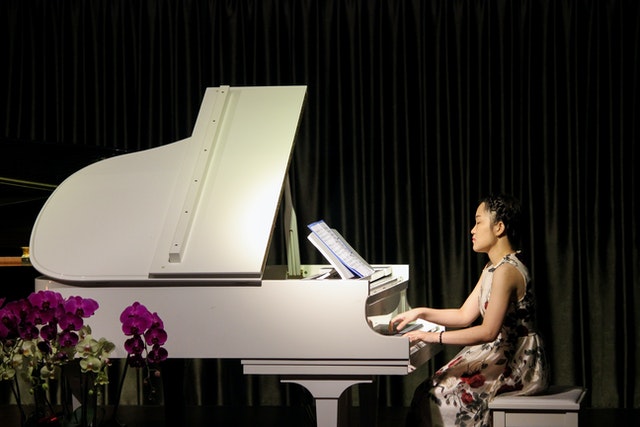
Is Salut d’Amour by Elgar Too Hard for Beginners?
At Cixi Music Studio, we work with violin students of all levels, from young beginners to advanced teens preparing for recitals and auditions. One question that comes up often is whether pieces like Salut d’Amour by Edward Elgar are appropriate for early learners. It’s an understandable question. The piece sounds graceful and lyrical. It moves slowly, and the melodic lines feel familiar and approachable. But beneath the surface lies a set of technical challenges that often surprises students.
Like many pieces in the same category, Salut d’Amour sounds easier than it is. That’s why our violin teachers, whether working with violinists, violists, or cellists, choose repertoire that matches the student’s skill and musical maturity.
Why Students Gravitate Toward Salut d’Amour
Students are drawn to Salut d’Amour for the same reasons they fall in love with works like Méditation from Thaïs or Ave Maria. It’s expressive without being fast. It sounds romantic and personal, and it gives the impression that it can be mastered with good phrasing and slow, careful playing. For a student looking to move beyond etudes and into more lyrical performance material, it feels like a logical next step.
However, once a student starts working through the music, the reality becomes clearer. This is a piece that demands bow finesse, a reliable vibrato, and clean shifting. It’s filled with moments that call for not just accurate playing, but nuanced interpretation. Those skills take time to build.
Where the Technical Challenges Begin
The very first phrase asks the player to produce a rich, even tone across a long bow stroke at a moderate volume. That’s harder than it sounds. Without control over bow speed and pressure, the sound can dip or swell in unintended places. Students who are still developing tone consistency often find this frustrating.
The music also includes several shifts into third and fifth position, often within delicate phrases that offer no room for a clunky arrival. Students must move cleanly between positions while maintaining the musical line. Each shift needs to be precise, both rhythmically and tonally, and the arrival note must resonate without hesitation.
Left-hand work presents its own demands. Vibrato plays a central role in this piece. It must feel warm and fluid, especially on longer notes that rise out of the phrase and then resolve. Students without a dependable vibrato may find the piece sounds flat or thin. On top of that, the vibrato has to vary depending on the note’s function in the phrase, which takes a mature musical ear.
String crossings can also be tricky. The piece includes passages that weave between strings in close succession. Without full coordination between the bow arm and the left hand, these transitions can sound jerky or awkward. Even a small disruption in bow angle or speed can cause a break in the melodic flow.
Who Is Ready to Learn It?
Most teachers won’t assign Salut d’Amour until the student has covered third position thoroughly and can shift comfortably into higher positions without tension. Vibrato should be present and reliable on most fingers, and the student should already be performing works that use dynamic shape and phrase-based expression.
This piece works well for students who are finishing Suzuki Book 6 or beginning Book 7, depending on how they’ve progressed. It’s often used as a first introduction to late Romantic repertoire, particularly because it blends expressive interpretation with a fairly compact structure. Some students prepare this piece for recitals or competitions once they’re comfortable with its underlying technique.
Teaching Strategies That Help
A good teacher doesn’t just assign the piece and hope for the best. At Cixi Music Studio, our violin instructors break the music down into manageable sections and work on preparatory skills before even opening the sheet music. For example, we might assign shifting exercises between second, third, and fifth positions, or spend extra time on vibrato during warm-ups to build muscle memory for expressive playing.
In lessons, instructors often isolate the trickier transitions and rework them as short etudes. Students learn to move smoothly between strings while shaping the musical phrase. We also coach students through bow distribution exercises so that each part of the bow produces a consistent tone.
Singing the melodic line is another effective tool. When students can sing the shape of a phrase, they tend to phrase it more naturally on the instrument. This helps with both timing and dynamics, and it deepens their understanding of the music’s expressive goals.
Should a Beginner Try a Simplified Version?
Simplified arrangements of Salut d’Amour do exist. These versions stay in first position and remove some of the more difficult shifts and bowings. While they can’t offer the full expressive range of the original, they can still introduce students to Elgar’s style. These versions may work well as an introduction to Romantic-era phrasing or as a recital piece for late beginners who aren’t quite ready for the original version.
That said, the full version should remain a goal, not a shortcut. It’s worth the wait. Students who take the time to build the technical and musical skills required will find that the piece opens up gradually, and they’ll be better equipped to interpret it with warmth and control.
Learning Romantic Violin Repertoire at Cixi Music Studio
At Cixi Music Studio, we help students grow into pieces like Salut d’Amour. Our violin lessons guide students through shifting, vibrato, and phrasing skills that support Romantic repertoire. Whether your child is exploring beginner pieces or working toward more advanced solo works, we provide a structured path with plenty of encouragement. We also offer lessons in piano, voice, and group music classes, all led by experienced teachers who believe in balancing technique with creativity.
If your child dreams of playing lyrical and expressive music like Elgar, we’d love to help them get there step by step, and with the support they need to enjoy the journey.





